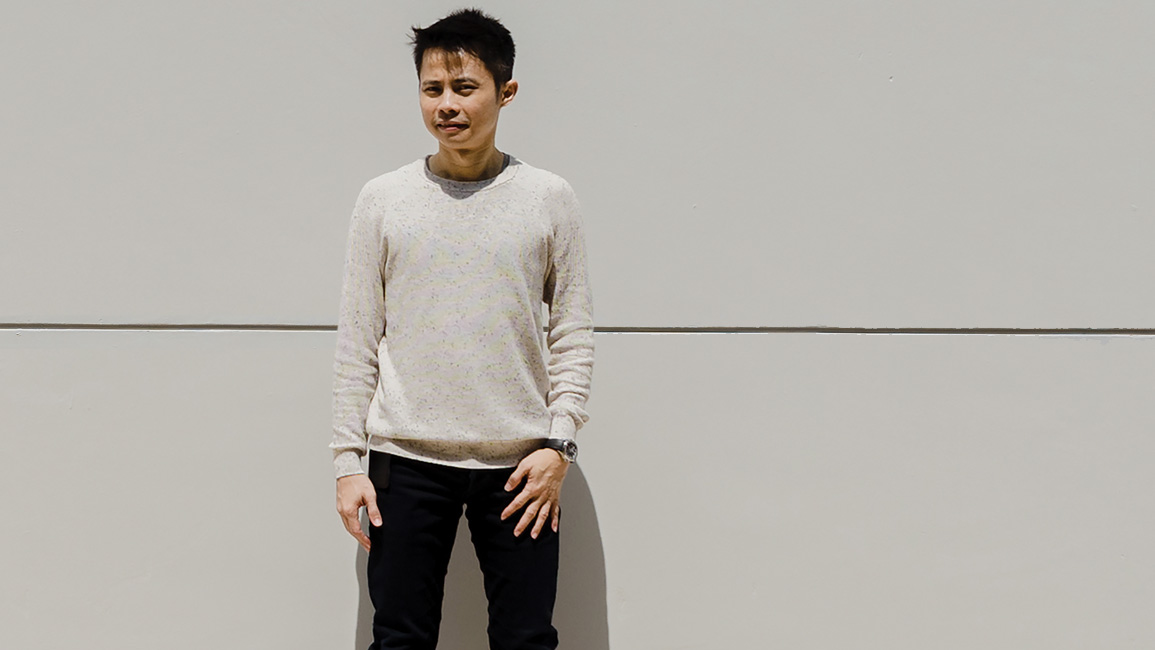
Looking for a career change? Design thinking is a field worth considering.
According to design firm IDEO, it “encourages organisations to focus on the people they're creating for and leads to human-centred products, services, and internal processes”.
Chooake Wongwattanasilpa helms the user experience and design division at DBS Bank, which uses the concept as its main tool to solve problems, particularly in the digital space.
Among his team of 50 is an architect who gave up practicing to become a designer – and someone whom Chooake feels is a valuable addition to the department.
“Architects look at things with a more holistic view; they tend to have a bigger picture perspective. This enables them to be sensitive to how spaces feel, even in a two-dimensional interface,” says the Thai national, who is based in Singapore.
While there are design thinking university degree programmes, it is also possible to enter the field without having studied one, since the know-how can be picked up on the job.
Among the attributes needed to be a good design thinking professional include being able to facilitate conversations. Chooake says this also encompasses knowing how to ask the right questions, and to identify the challenges.
A second attribute: Being free of ego. “Once you have it, you destroy everything. Similarly, as an architect, you do not push your ideas of how a house should look like onto the homeowner, because you’re not the one living there. You can only suggest them,” he explains.
Finally, it is important that whatever industry those design thinking skills are being applied in, you must understand how it works, and how it feels. The latter is helpful when it comes to the mapping out the user experience.
Solving Problems
A typical design thinking team is multidisciplinary, and Chooake’s is no different. His has user researchers, designers and content writers. Collectively, they come together to conduct customer research, understand the pain points and come up with the solutions.
“We are always problem solving. If it is obvious, we fix it. if it is not, we need to understand why. This is one part of the job.
“Another part is to inspire the future. We need to foresee what it holds, and how we should build it. In the banking context, it is about how to interact with the customer in the future using artificial intelligence and machine learning.”
Despite its increasing popularity, Chooake recognises that not everyone is convinced of design thinking’s efficacy. But choose to pick up the mantle and he has this to say, “We must have endurance because it’s about changing. It won’t be quick.
“When you have an idea, you must make sure your boss is on the same page or you won’t get the funding for it to materialise. But ideas are cheap. What is harder is pushing them through, which you have to do with prototyping, research and facts, to encourage buy-in.”
Read the rest of the interview with Chooake Wongwattanasilpa in d+a's Issue 108 (February/March 2019), available for sale on Magzter and in major bookstores in Singapore and Malaysia.


 Share
Share








